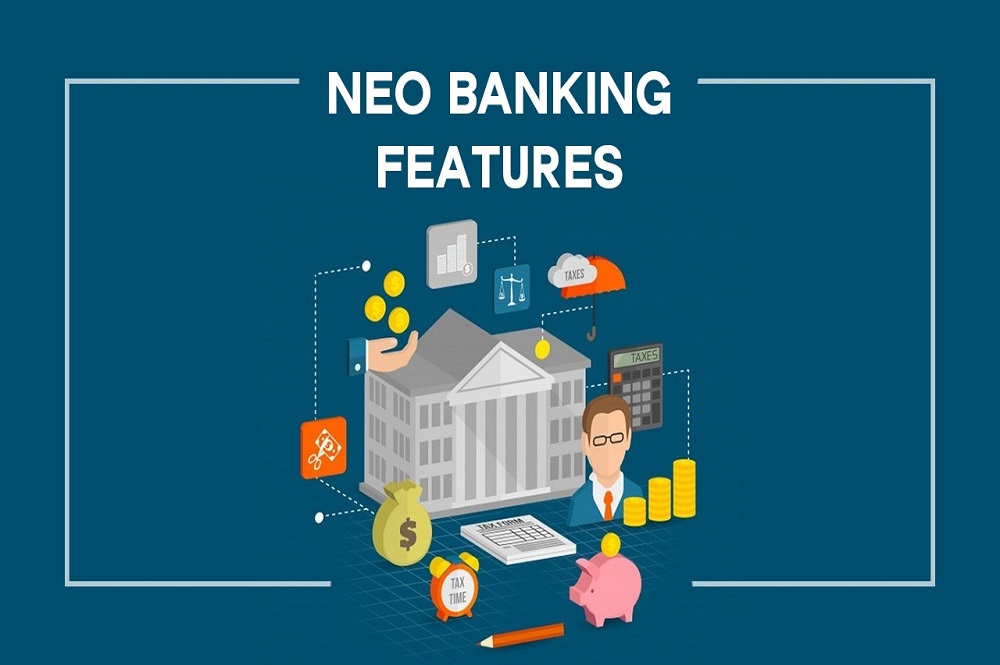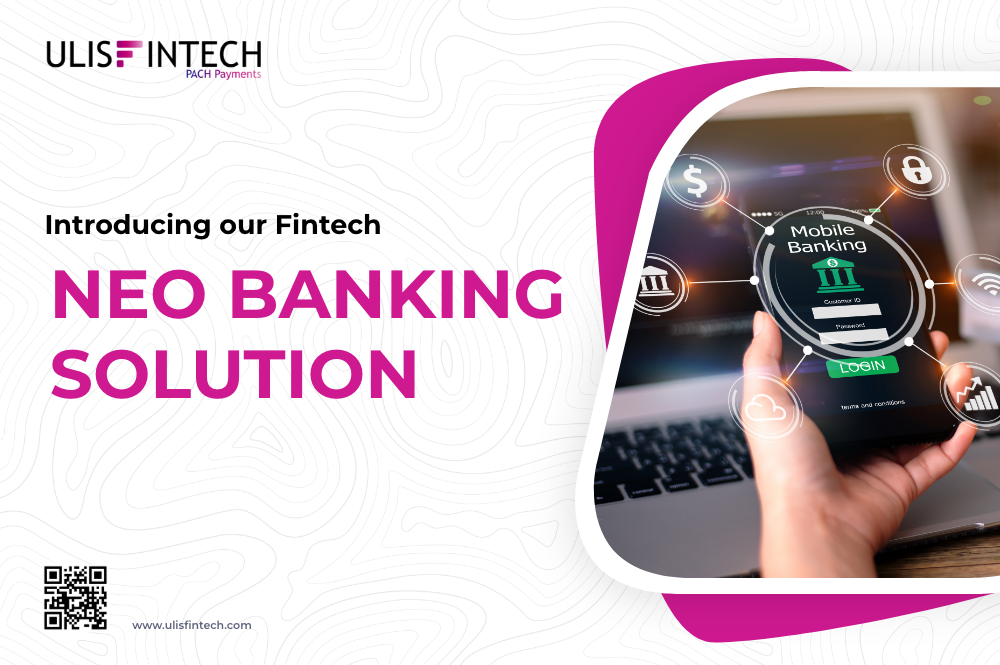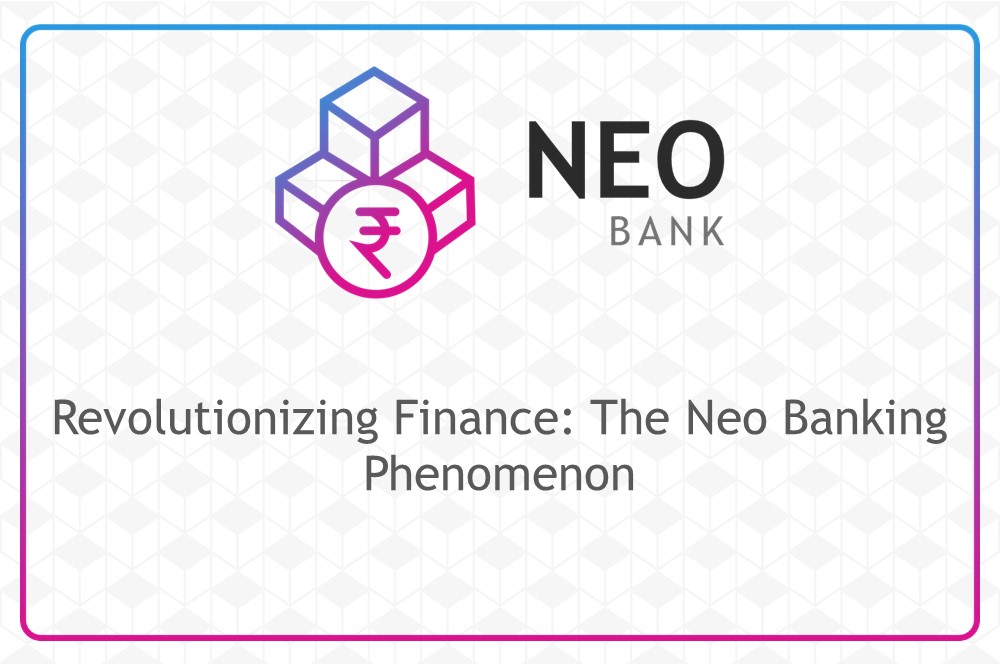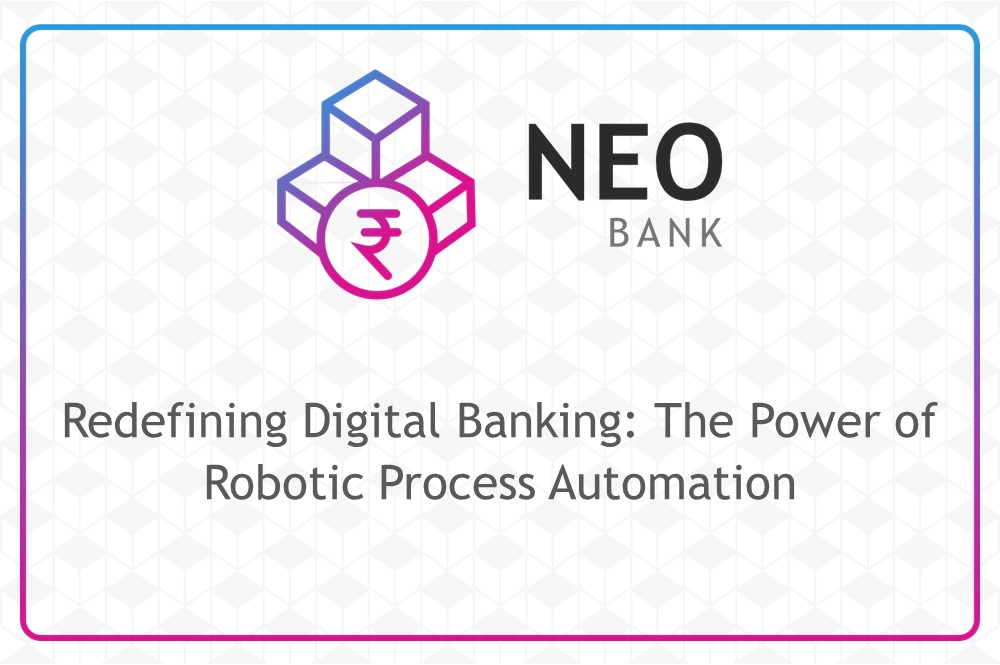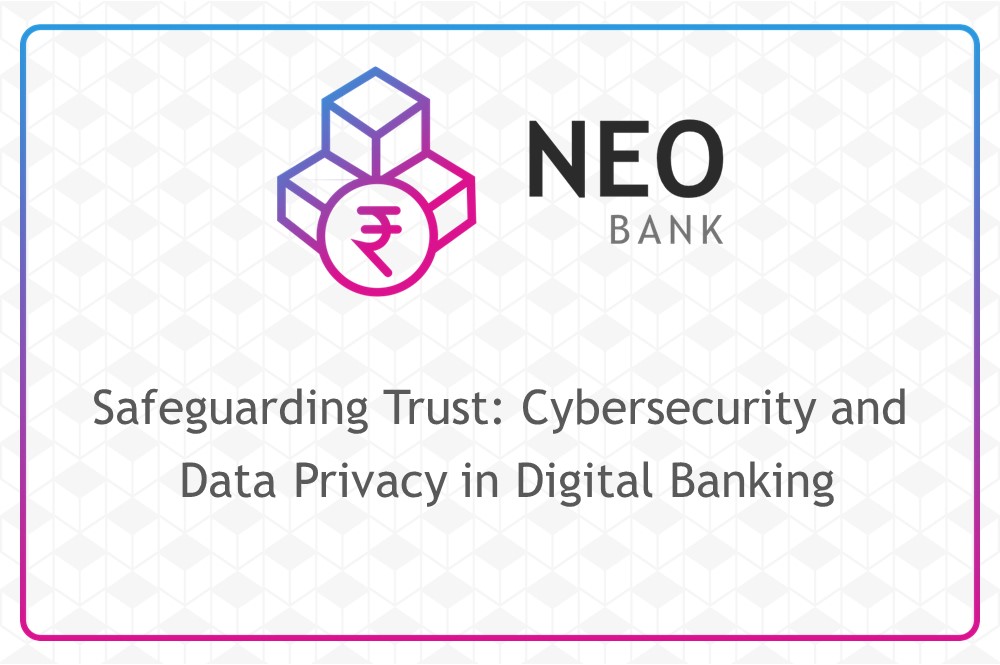Challenger banks - The worlds fastest-growing start-up
May 05, 2022 - 15 MINS READ
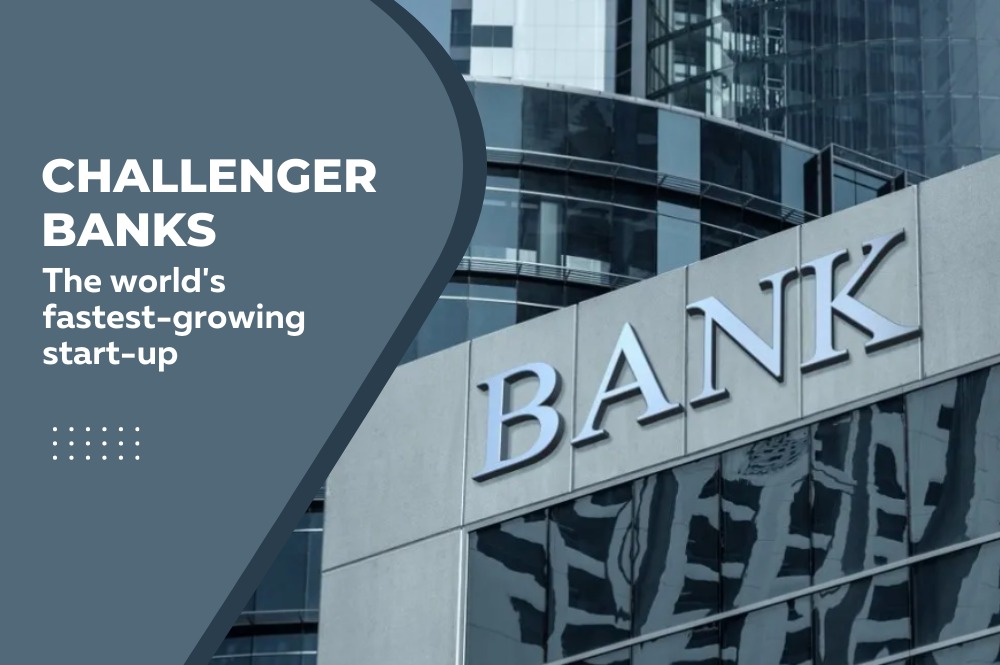
Challenger banks - The world's fastest-growing start-up
Most challenger banks, which emerged in the aftermath of the 2008 financial crisis, are just a decade old yet have already infiltrated the mainstream. If existing physical banks do not wish to become extinct, as so many once-dominant retail shops have, they must resist the danger posed by their younger, more active, and more inventive competitors, the challenger banks.
According to our study, one in every five customers—including one in every three Millennials—has a main account with a challenger bank, and one in every eight customers prefers to purchase online with a challenger bank.
Retaining four-fifths of clients demonstrates that conventional banks continue to dominate. However, challenger banks are beginning to invade the most economically active demographic—those under the age of 38—a tendency that will only be strengthened when Generation Z enters the workforce. More than two-thirds of our conventional banking respondents under the age of 22 saw challenger banks as having benefits, citing features such as simplicity of use, interoperability with other applications, and, most importantly, convenience.
While traditional bank accounts continue to be used for the overwhelming majority of exchanges, even among those who deem their primary account to be with a challenger bank, customers are constantly using their challenger accounts to enable the investments that provide banking institutions with the complicated and potentially revealing information they need to maintain the most intimate relationship with their customers: their everyday spending on things like travel, going out, and shopping. The bank that has this information will be able to continue creating and offering goods and services, recruiting and maintaining the greatest staff, and being best positioned to meet the changing requirements and behaviors of their clients. If challenger banks excel at this, their market share is expected to grow dramatically over time.
Traditional banks continue to enjoy public trust
The danger posed by challenger banks cannot be overstated, but our study suggests that established banks may still capitalize on one critical attribute: trust. Almost three-quarters of those polled said they still use their conventional bank to decide which account they want their pay transferred into, and the same proportion said they use them to handle their most critical financial transactions and arrangements.
Even consumers who are normally loyal to challenger banks say they prefer to use traditional banks for their wages, mortgage or rental payments, and large-scale purchases. Furthermore, conventional bank customers were more inclined to trust their bank provider on concerns such as protecting their money, utilizing their data, offering simple access to their accounts, and delivering new goods and services.
The young place a high value on trust. Our findings reveal that Generation Z is acutely aware of the importance of data security, with over a quarter of those polled saying they would transfer from a challenger bank to a traditional bank if the challenger experienced a data breach.
The enticements of challenger banks
When asked why they had established an account with a challenger bank, clients' comments were telling: Customers reported 36 percent convenience of account opening, 39 percent ease of use, 28 percent appealing use of software, and 20 percent interoperability with other applications.
Customers of established banks were also questioned if they felt utilizing a challenger bank would provide them with any benefits they did not already have. While the majority indicated they couldn't see any or weren't sure, between 10 and 15% said challenger banks may provide better value, more accessibility, and enhanced customer service, especially while abroad.
These data show that incumbent banks must demonstrate their ability to exceed consumer expectations in order to keep their clients from being tempted away by alternative suppliers. They would also be advised to underline their reputation for financial stability; over one-third of challenger bank clients cited this as one of the main draws of traditional banks.
Our findings also clearly demonstrated that traditional banks profit by investing time, effort, and money in cutting-edge technology—a message that resonates with challenger customers, with one in every five believing that traditional banks may offer better products and services than those they currently enjoy.
A different approach to payment choices
In an increasingly cashless world, people are worried about security, convenience, and quick payment alternatives, thus large banks must adopt new biometric technologies.
A smart fingerprint recognition payment card already outperforms PIN authentication in terms of security. This latest generation of on-card fingerprint recognition technology has proven to be more secure than standard card payment transactions that need a four-digit PIN.
Fingerprint data is also securely stored on the card rather than in a common database, which means that personal biometric data never leaves the card and cannot be hacked, reproduced, or infiltrated. Banks and shops can develop a payment procedure that is safe, fast, and highly secure by tying the user to their card via the unique qualities of their fingerprint - all while demonstrating that banks are looking to the future and a more inclusive financial world.
Fingerprint authentication also reduces hurdles for persons with literacy or memory impairments because biometric payment cards rely only on who they are - allowing users to be their own authentication. Biometric cards may also be used to give direct and irrefutable identification to assist the financially excluded in opening bank accounts and improving their credit ratings, and they can be used in any part of the globe, including the most remote regions with limited cloud connectivity.
The cost of inactivity
No one can rely on client loyalty in today's society. One-third of conventional bank customers said they would transfer accounts if their bank made mistakes or didn't offer a product or service that a challenger bank did, demonstrating how critical it is for traditional banks to keep up with the quick pace of change.
Challenger banks are also intruding on terrain that was formerly the exclusive domain of traditional banks: more than 40% of challenger bank clients indicated they would consider taking out a loan with their bank, and almost half said they would consider using them as a mortgage provider.
Our payment practices are evolving.
Meanwhile, the epidemic has had an influence on the global financial system. Consumers today use less cash, prefer contactless payments, and want to keep a closer watch on their purchasing habits. As more individuals migrate their lives online, digital competitors are well-positioned to capitalize on this trend. In customer service, challenger banks are establishing their place ahead of some of the largest financial brands, demonstrating that innovation and innovative ideas are altering the sector.
For a new generation of tech-savvy clients, challenger banks provide something a little more stylish, with powerful branding and marketing that meets banking demands with a customer-friendly service that fits around them rather than the other way around.
Older adults will also transfer banks
Although our research reveals that challenger banks are especially popular with younger clients, it would be incorrect to assume that this is the sole group attracted to challenger banks. Respondents of all ages expressed a strong desire to learn more.
While conventional banking clients aged 55 to 73 were the least likely to indicate they would consider transferring from a traditional bank to a challenger bank, one-third said they would consider switching if there was a good deal or if their current provider made a mistake. Consumers across the board are becoming more comfortable with new technologies and may get irritated with service providers that fail to match their expectations in terms of digital services.
The industry has reached a tipping point
The most alarming trend that our statistics reveal for traditional banks is how challenger banks are increasingly employed for day-to-day expenditure categories that allow a bank to remain closely familiar with its clients' lifestyles and habits.
The way traditional banks respond to this ominous forecast will decide their fate. Without the essential mass of data given by regular consumer expenditure, they would struggle to develop and will become increasingly remote from the customer.
It makes sense for a client who is satisfied with his or her challenger’s current account provider to want to make use of the company's other goods and services. If challenger banks succeed in supplying the whole spectrum of loans and mortgage packages, established banks may be reduced to nothing more than back-end utility providers—still constituting part of the banking infrastructure due to their scale but no longer dominating the picture.
Consumers' perceptions of the distinction between established and challenger banks are already blurring. Though trust is essential, it will not be enough to assure the survival of conventional banks in the long run.
Traditional banks must accept the best of what a challenger bank has to offer in terms of convenience, simplicity of use, and interoperability across digital platforms, while fully using their scale and better resources. Innovation is crucial, and it might mean the difference between established banks failing forever or successfully overcoming the challenge of challenger banks.
EndNote
In the previous decade, challenger banks have reshaped the payment environment. Because of improved client experiences and financial services that are more in sync with current living, these forward-thinking offers have attracted millions of customers. When combined with an increasing trend toward smartphone banking, this shift has resulted in these branchless, mobile-only banking service providers closing in on their more established rivals.
